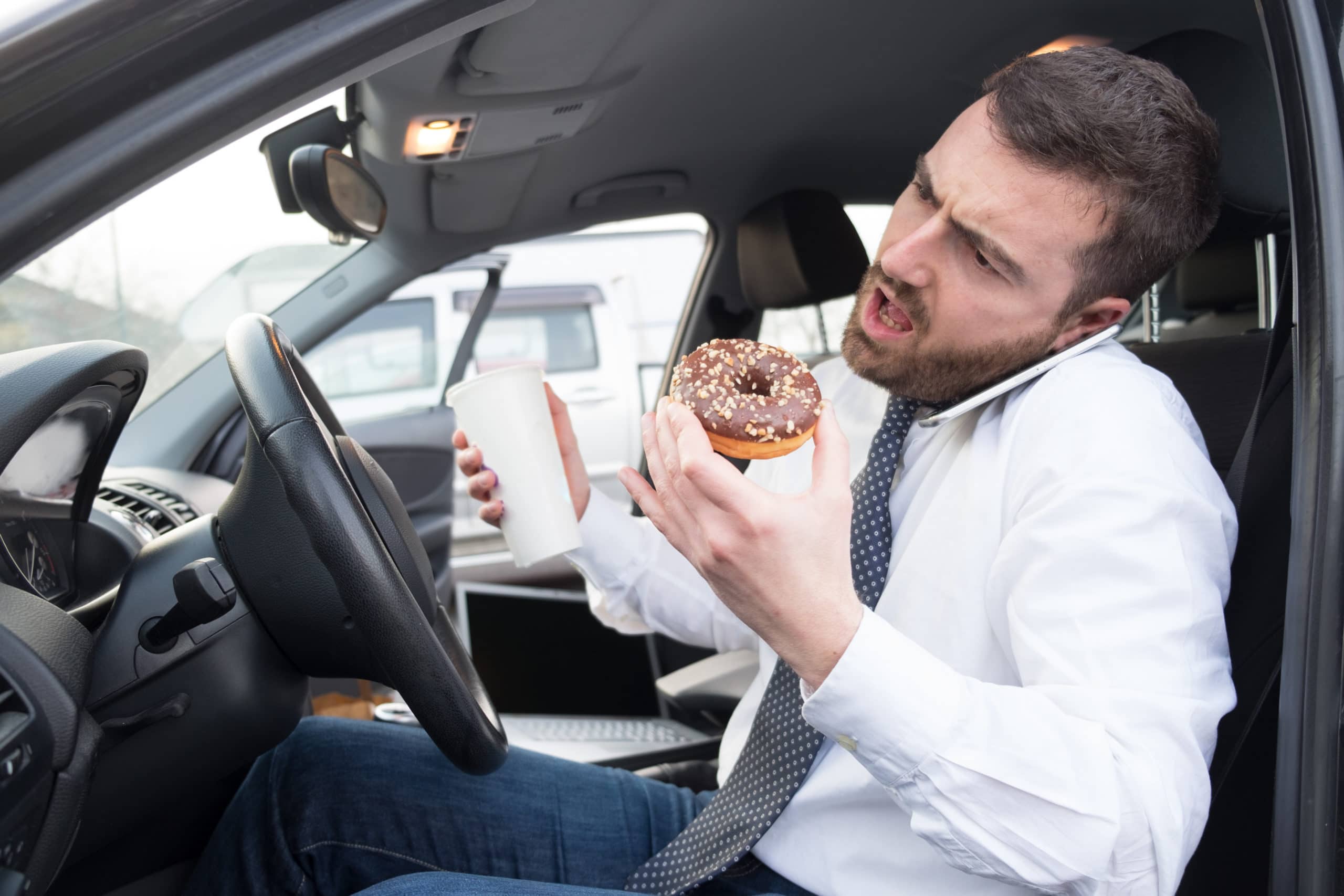General points
Diabetic disease comes in two forms, type 1 diabetes with an autoimmune origin and insulin-dependent mechanism, and type 2 diabetes characterized by an insulin-resistance..
Nearly a quarter of diabetic patients need insulin injections.
For the others, oral hypoglycemic treatments (notably Sulfonylurea) are widely prescribed.
.
Diabetic disease comes in two forms, type 1 diabetes with an autoimmune origin and insulin-dependent mechanism, and type 2 diabetes characterized by an insulin-resistance..
Nearly a quarter of diabetic patients need insulin injections.
For the others, oral hypoglycemic treatments (notably Sulfonylurea) are widely prescribed.
Glycemia disturbances on road
Induced hypoglycemia is common with insulin therapy: some patients (type 1 diabetes) have an average of one to two episodes of moderate hypoglycemia per week, and one-third have severe hypoglycemia within a year.1
Among others, the prevalence of severe episodes is reported to be as high as 7% with oral hypoglycemic treatment (sulfonylurea), which is similar to type 2 diabetic patients treated with insulin for less than two years.2
Hypoglycemia is clearly a road crash cause because of onset impaired alertness and consciousness3,4 even if the diabetic population as a whole would not cause significantly more accidents than a control population.
An experiment conducted among insulin-dependent subjects in a driving simulator found that hypoglycemia < 3.8mmol/l (68mg/dl) induced driving errors with inappropriate speed, inappropriate braking, lane deviations, and ignoring traffic signs or lights leading up to the accident.
Less than 25% are aware of their incapacity and many felt fit to drive without any measurement or correction despite low blood sugar levels (<4mmol/, 72 mg/dl). It has also been demonstrated that driving increases the metabolic need and energy requirement.
In the fact, symptomatic hypoglycemia incidence during driving appears to be low, between 0.19 and 8.26 per 100,000 km depending on the type of driving and the treatment objectives, i.e. 0.02 to 0.63 per driving year.
In reality, this risk is suspected to be higher because, of these, more than 25% of insulin-treated patients would not feel their hypoglycemia through the phenomenon of « altered hypoglycemic perception ».4
Injectable insulin therapy and strict blood glucose targets would be the two major factors of detecting hypoglycemia while driving.5
Induced hypoglycemia is common with insulin therapy: some patients (type 1 diabetes) have an average of one to two episodes of moderate hypoglycemia per week, and one-third have severe hypoglycemia within a year.1
Among others, the prevalence of severe episodes is reported to be as high as 7% with oral hypoglycemic treatment (sulfonylurea), which is similar to type 2 diabetic patients treated with insulin for less than two years.2
Hypoglycemia is clearly a road crash cause because of onset impaired alertness and consciousness3,4 even if the diabetic population as a whole would not cause significantly more accidents than a control population.
An experiment conducted among insulin-dependent subjects in a driving simulator found that hypoglycemia < 3.8mmol/l (68mg/dl) induced driving errors with inappropriate speed, inappropriate braking, lane deviations, and ignoring traffic signs or lights leading up to the accident.
Less than 25% are aware of their incapacity and many felt fit to drive without any measurement or correction despite low blood sugar levels (<4mmol/, 72 mg/dl). It has also been demonstrated that driving increases the metabolic need and energy requirement.
In the fact, symptomatic hypoglycemia incidence during driving appears to be low, between 0.19 and 8.26 per 100,000 km depending on the type of driving and the treatment objectives, i.e. 0.02 to 0.63 per driving year.
In reality, this risk is suspected to be higher because, of these, more than 25% of insulin-treated patients would not feel their hypoglycemia through the phenomenon of « altered hypoglycemic perception ».4
Injectable insulin therapy and strict blood glucose targets would be the two major factors of detecting hypoglycemia while driving.5
References
- Strachan M. Frequency, causes and risk factors for hypoglycaemia in type 1 diabetes. In: Ltd CJWS, ed. Frier B, Fisher M eds, Hypoglycaemia in clinical diabetes 2nd ed2007:p49-81.
- Group UHS. Risk of hypoglycaemia in types 1 and 2 diabetes: effects of treatment modalities and their duration. Diabetologia 2007;50:1140-7.
- Cox DJ, Ford D, Gonder-Frederick L, et al. Driving mishaps among individuals with type 1 diabetes: a prospective study. Diabetes Care 2009;32:2177-80.
- Graveling AJ, Frier BM. Impaired awareness of hypoglycaemia: a review. Diabetes Metab 2010;36 Suppl 3:S64-74.
- Harsch IA, Stocker S, Radespiel-Troger M, et al. Traffic hypoglycaemias and accidents in patients with diabetes mellitus treated with different antidiabetic regimens. J Intern Med 2002;252:352-60.


